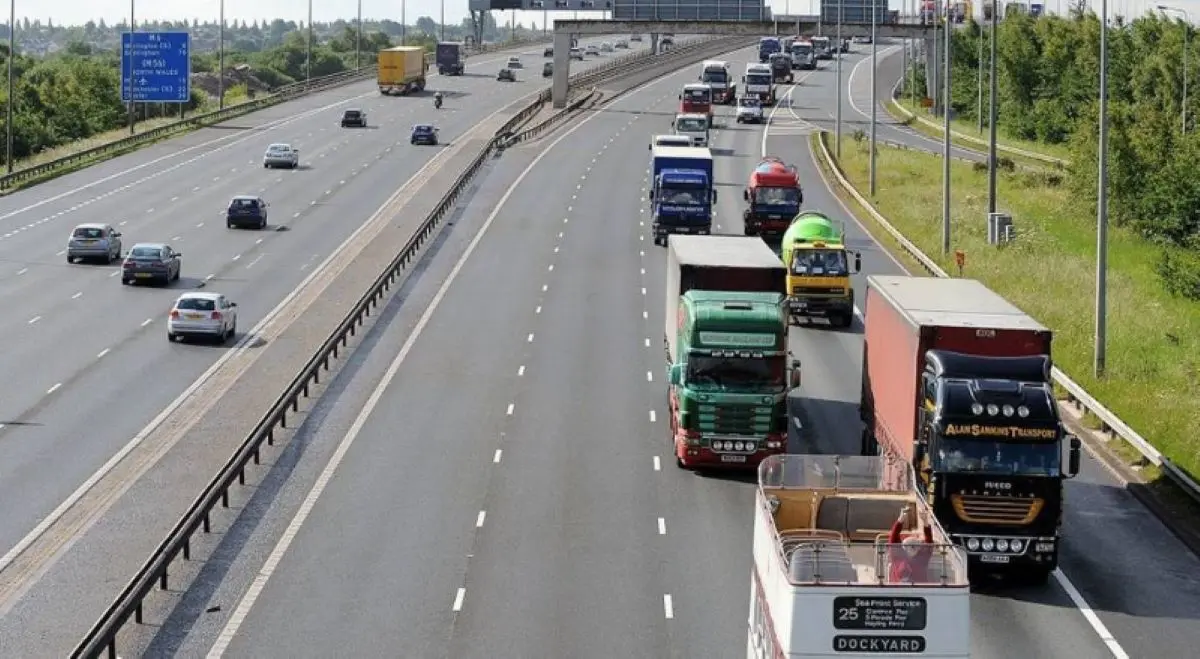The Inflation Landscape in the UK
The recent inflation figures in the UK paint a complex picture. According to the Consumer Price Index (CPI), which accounts for housing costs, there was a notable increase of 4.1% over the past year leading up to June 2025. However, a deeper look showcases varying trends across sectors, especially concerning logistics operations within the country.
Disparities Between Goods and Services
The inflation narrative isn’t one-size-fits-all. In fact, as reported by the Office for National Statistics (ONS), the annual inflation rate for goods stands at a modest 2.4%, while services experience a staggering 5.2%. This gap highlights significant price pressures on specific service areas. For instance, housing and domestic services have surged by 6.7%, which starkly contrasts with just a 1.7% inflation rate in transportation, driven down by a 9.0% drop in fuel prices over the year.
Implications for the UK Logistics Sector
This divergence in inflation rates bears critical implications for logistics in the UK. In the short term, the sector appears insulated from immediate demand shocks. The lower inflation on goods suggests that consumers face fewer sharp price hikes on physical products, supporting relatively stable volumes for logistics providers.
However, a long-term concern lurks on the horizon: the erosion of purchasing power among households, driven by high inflation in the services sector. This could result in tightened household budgets, ultimately dampening spending on goods and thus affecting future logistical demands.
Cost Basis and Competitive Pressure
A separate yet interconnected issue emerges concerning the industry’s internal cost framework. Persistent inflation may drive up overall operational costs within logistics. Over time, these internal pressures could compel logistics companies to increase their service charges, potentially squeezing operational margins even further.
Moreover, competitiveness on the global stage may diminish for the UK. As domestic prices for goods rise, British products could become less attractive internationally. Paradoxically, the strengthening of the British Sterling against the US dollar may offset this, potentially making UK goods more expensive abroad.
The Future Outlook: A Mixed Bag
The future for the logistics industry is not etched in stone. These negative pressures related to demand and costs could be mitigated by positive developments. For instance, robust growth in real wages might boost household spending. Simultaneously, increased public investment in infrastructure could provide critical support for the logistics network, giving it a much-needed boost.
Ultimately, the trajectory of the UK economy will determine whether these potential positive factors can outweigh the evident threats posed by inflation spurred by the services sector.
結論
In summary, while the logistics sector may currently experience some insulation from inflated costs concerning goods, the relentless rise in services may pose significant long-term risks. Fostering a healthy supply chain in logistics means embracing robust strategies against such inflationary pressures.
For moving services, cargo transportation, and everything logistics-related, GetTransport.com stands out by offering affordable global cargo transportation solutions. Whether considering office relocations, home moves, or the transportation of bulky goods, the platform ensures reliability and adaptability for diverse logistics needs.
With the complexities arising from inflation in the service sector, it is essential to keep an eye on how these dynamics may impact logistics in the future. GetTransport.com simplifies this process, allowing users to navigate their transportation needs efficiently and cost-effectively. For your next cargo transportation, consider the convenience and reliability of GetTransport.com. Book your ride at GetTransport.com.

 英国サービスセクターのインフレ上昇がロジスティクスに与える影響">
英国サービスセクターのインフレ上昇がロジスティクスに与える影響">